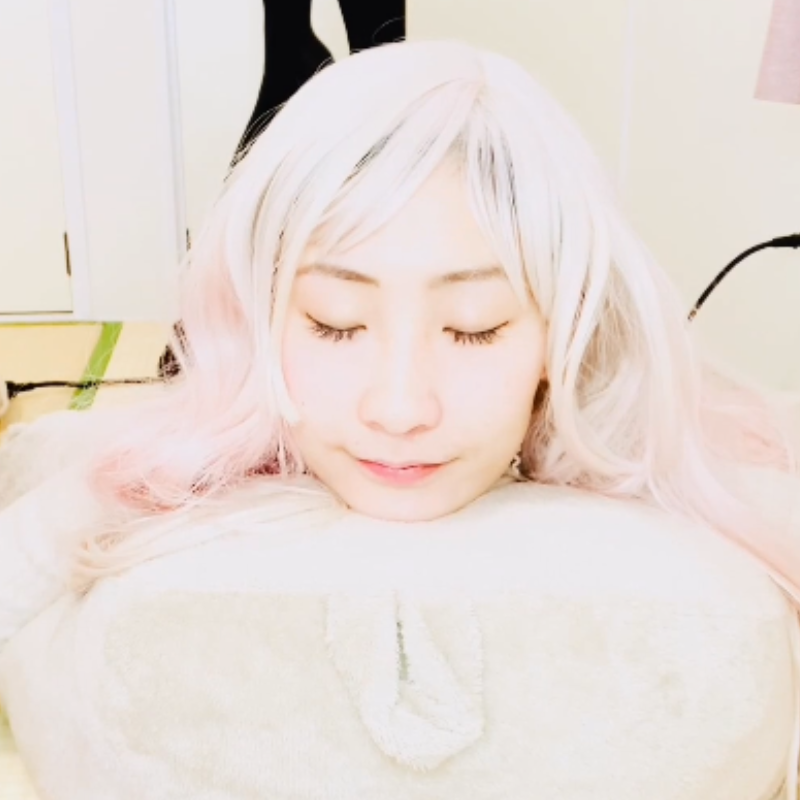Hey!
This is Mitsuki, I’m posting story videos on Youtube. Here I’m introducing the story called, “里の春、山の春” written by 新美 南吉 (Nimi Nankichi) in both English and Japanese.
The author Nimi Nankichi was born in Aichi, 1913 and wrote many short stories and chilidren’s stories. His work “Gongitsune” is very famous, most Japanese read it as a child.
In 1943, he past away at the age of 29.
I quoted his story from 「青空文庫」 which is a Japanese digital library, encompasses thousands of works including out-of-copyright books or works.
I translated myself from Japanese to English in a honor of the author, Nimi Nankichi.
This story is cute, it has a happy spring atmosphere somehow, and that’s why I chose this story today.
I hope you enjoy🌙
Sato no haru, Yama no haru by Nimi Nankichi in both English and Japanese – Short Story
野原にはもう春がきていました。
Spring had already arrived in the fields.
桜がさき、小鳥はないておりました。
The cherry blossoms were blooming and no birds were singing.
けれども、山にはまだ春はきていませんでした。
However, spring had not yet come to the mountains.
山のいただきには、雪も白くのこっていました。
At the top of the mountain, the snow remained white.
山のおくには、おやこの鹿がすんでいました。
In the deep mountain, there lived deers, a little boy and his parents.
坊やの鹿は、生まれてまだ一年にならないので、春とはどんなものか知りませんでした。
The little deer was not yet a year old, so he did not know what spring was like.
「お父ちゃん、春ってどんなもの。」
「春には花がさくのさ。」
“Dad, what is spring like? ”
“In spring, flowers bloom.”
「お母ちゃん、花ってどんなもの。」
「花ってね、きれいなものよ。」
“Mom, what are flowers?” “Flowers are beautiful things.”
「ふウん。」
けれど、坊やの鹿は、花をみたこともないので、花とはどんなものだか、春とはどんなものだか、よくわかりませんでした。
But the little deer had never seen flowers before, so he didn’t really know what they were like or what spring was like.
ある日、坊やの鹿はひとりで山のなかを遊んで歩きまわりました。
One day, the little deer wandered around, playing alone in the mountains.
すると、とおくのほうから、
「ぼオん。」
とやわらかな音が聞こえてきました。
Then, “Boom.”
He heard a soft sound from far away.
「なんの音だろう。」
するとまた、
「ぼオん。」
坊やの鹿は、ぴんと耳をたててきいていました。
The little deer pricked up his ears and listened.
やがて、その音にさそわれて、どんどん山をおりてゆきました。
Before long, attracted by the sound, he went down the mountain.
山の下には野原がひろがっていました。
There was a field spread out under the mountain.
野原には桜の花がさいていて、よいかおりがしていました。
Cherry blossoms were blooming in the field, and their smell were so nice.
一本の桜の木の根かたに、やさしいおじいさんがいました。
There was a gentle old man at the root of a cherry tree.
仔鹿をみるとおじいさんは、桜をひとえだ折って、その小さい角にむすびつけてやりました。
When the old man saw the little deer, he broke off a branch of cherry tree and tied it to little deer’s small horn.
「さア、かんざしをあげたから、日のくれないうちに山へおかえり。」
“Okay, I gave you a kanzashi. Now you can go back to the mountain before it gets dark. ”
仔鹿はよろこんで山にかえりました。
The little deer happily returned to the mountains.
坊やの鹿からはなしをきくと、お父さん鹿とお母さん鹿は口をそろえて、
「ぼオんという音はお寺のかねだよ。」
「おまえの角についているのが花だよ。」
「その花がいっぱいさいていて、きもちのよいにおいのしていたところが、春だったのさ。」
とおしえてやりました。
When a mother deer and a father deer heard a story from the little deer, they taught the boy together, saying,
“The soft sound you heard is the temple‘s bell.”
“That’s the flower on your horn.”
“It was spring where the flowers were in full bloom and smelled good.”
それからしばらくすると、山のおくへも春がやってきて、いろんな花がさきはじめました。
After a while, spring has come to deep mountains, and various flowers began to bloom.
おしまい THE END
How did you like the story from Nimi Nankichi?
I’ve uploaded a story of “Death of Dragonflies” too, please check this out if you like!
Thank you for reading!

おやすみなさい🌙


